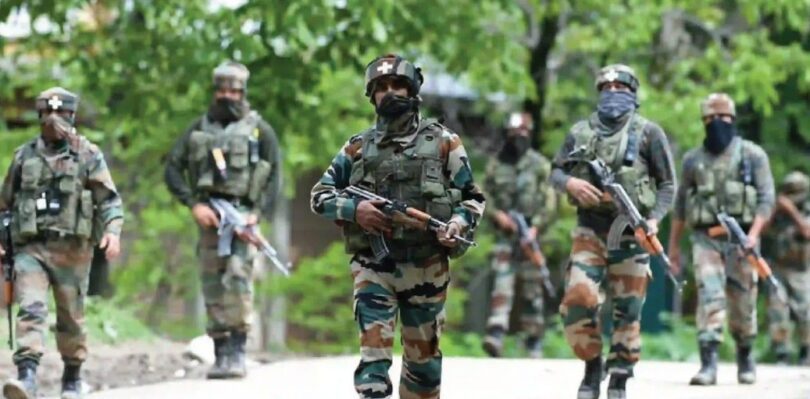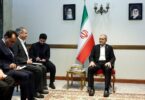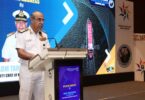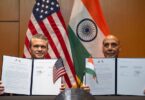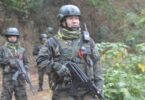The term "paramilitary forces" (PMF) is often misused by public, politicians, media and even in some cases, police officers, when they refer to a variety of central police forces that aid the operations of the law enforcement agencies of India and the Indian Armed Forces, as well as state police. At the Army’s request, government authorized Army to provide definitive terminology, which clarified and narrowed the definition of "paramilitary" to include only Assam Rifles, Indian Coast Guard and a third one which is classified. In March 2011 the Government issued a ruling categorizing all other forces viz., Border Security Force (BSF), Central Reserve Police Force (CRPF), Central Industrial Security Force (CISF), Indo-Tibetan Border Police (ITBP) and Sashastra Seema Bal (SSB) are categorized as Central Armed Police Forces (CAPFs).
PMFs
Assam Rifles

Assam Rifles, the oldest paramilitary force of India, traces its lineage back to a police force formed by the British in 1835 called Cachar Levy (Cachar is a district of Assam). After many changes of name, it was finally named Assam Rifles in 1917. Officered by Army and some cadre officers but commanded only by Army officers, there are currently 46 battalions of Assam Rifles under administrative control of the Ministry of Home Affairs (MHA), but under operational control of Army for performing many roles including internal security, counter insurgency/counter terrorism and border security, aid to the civil power in times of emergency, and the provision of communications, medical assistance and education in remote areas. While all of India’s borders are guarded by the BSF, 1since 2002 Assam Rifles has been guarding the India-Myanmar border.
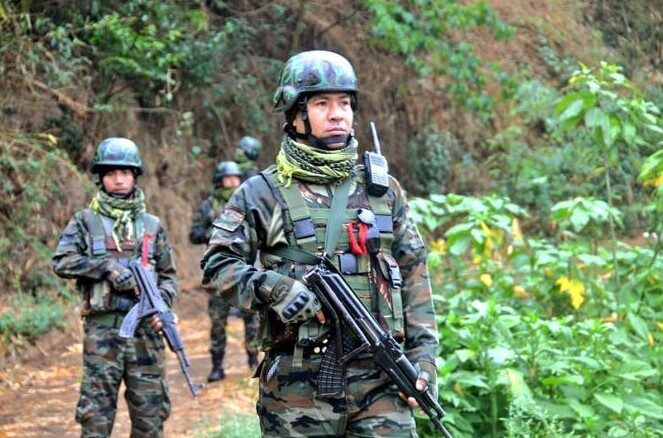
India Coast Guard

Indian Coast Guard was raised on 01 February 1977, after a committee constituted in September 1974 under chairmanship of Mr. KF Rustamji recommended the setting up of a coast guard service patterned on the Navy for general superintendence and policing of our seas in peace time under administrative cover of the Ministry of Defence. Under the Maritime Zones of India Act, passed on 25 August 1976, India claimed 2.01 million sq km of sea area as its exclusive economic zone (EEZ) with rights for exploration and exploitation of marine resources, both living and non-living. Territorial waters, defined by the 1982 United Nations Convention on the Law of the Sea is a belt of coastal waters extending at most 12 nautical miles (22 km or 14 mi) from the baseline (usually the mean low-water mark) of a coastal state and the EEZ.
The duty of the Coast Guard is to protect the maritime and other national interests of India in the maritime zones of India, which should include:
- Ensuring the safety and protection of artificial islands, offshore terminals, installations and other structures and devices in any maritime zone
- Providing protection to fishermen including assistance to them at sea while in distress
- Taking such measures as necessary to preserve and protect the maritime environment and to prevent and control marine pollution
- Assisting the customs and other authorities in anti-smuggling operations
- Enforcing the provisions of such enactment as are for the time being in force in the maritime zones and
- Such other matters including measures for the safety of life and property at sea and collection of scientific data as may be prescribed.
After the 26/11 Pakistani terrorist attack on Mumbai, it became obvious that the Coast Guard may often have to function in close liaison with Union agencies, institutions and authorities.
With a modest beginning with two old frigates seconded by the Navy and five small patrol vessels from MHA, in 1978, the Coast Guard has attained a force level of 80 ships and craft and 45 aircraft and helicopters. All ICG personnel are trained at Indian Navy training establishments. Armaments fitted on ICG ships are mostly those produced in Indian Ordnance factories, except for some OPVs, which have the Italian Oto Melara guns. Standard small arm for ICG personnel is the 5-56 mm INSAS.
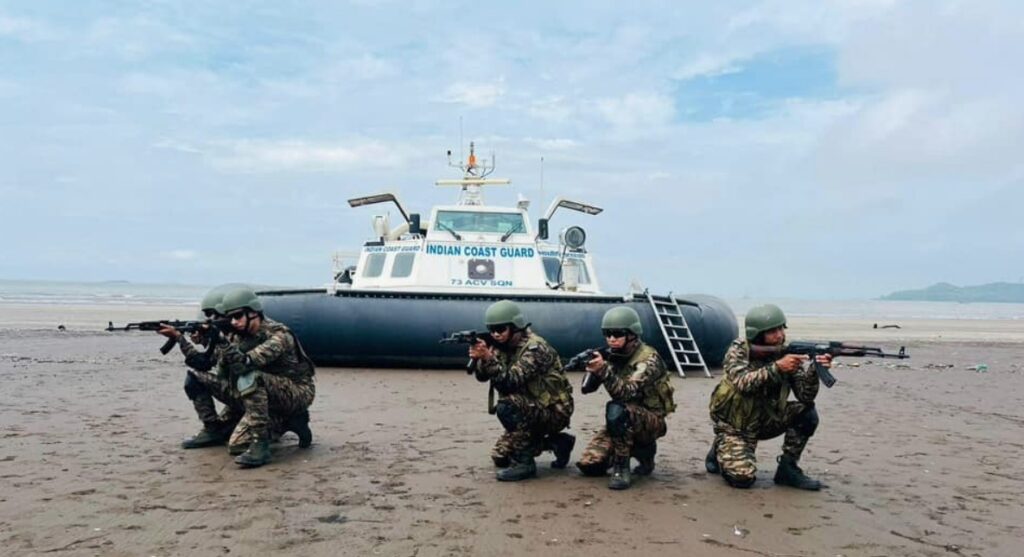
CAPFs
Border Security Force

The Border Security Force came into existence on 01 Dec 1965, under K F Rustamji, its first chief and founding father, with the aim of promoting a sense of security among the people living in border areas, preventing trans-border crimes, unauthorized entry into or exit from the territory of India and to prevent smuggling and any other illegal activity. For a number of years since its raising, Army officers served in BSF for a standard deputation period of three years to a maximum period of seven years. Having participated in the India-Pakistan war of 1971, it has been involved in fighting insurgency and militancy in Punjab, Jammu & Kashmir and North- East, rescue and relief during calamities and has also been deployed in the areas affected by Left Wing Extremism. While BSF basically guards India’s borders during peacetime, it has been operating with the Army in checking infiltration on the borders with Pakistan. From a force of 25 battalions in 1965, it has today 173 Battalions. With its own Air and Water Wings, Artillery Regiments and Training Institutes, BSF is presently the largest border guarding force in the world.
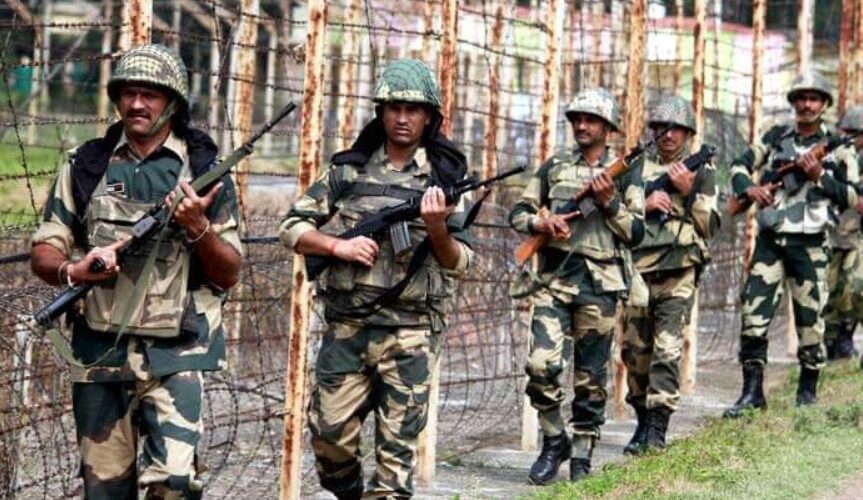
Indo-Tibetan Border Police
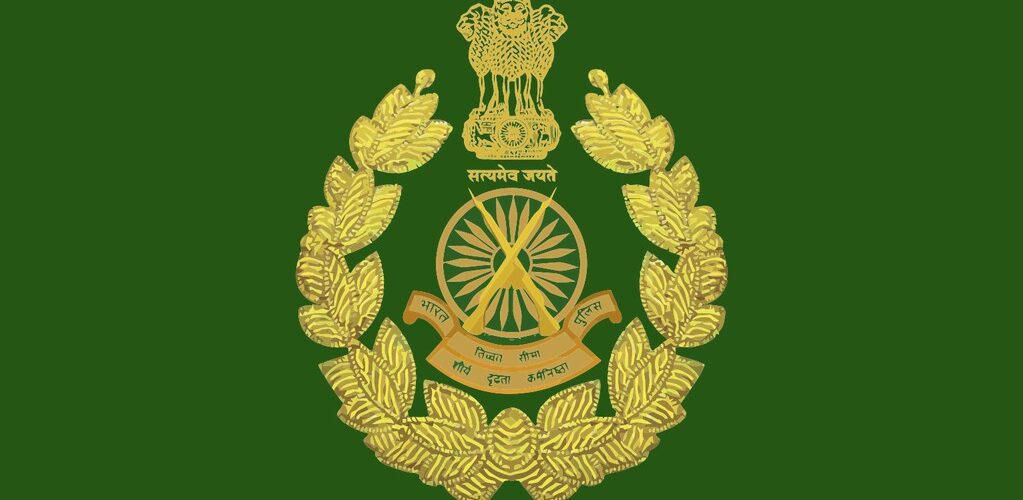
Conceived in October 1962-quite obviously as a result of the Chinese aggression-the Indo-Tibetan Border Police (ITBP) was raised for security along the Line of Actual Control (LAC) between India and China. Beginning with for battalions it now has 57 battalions of 1000 personnel each deployed in all three segments of the LAC from Karakoram Pass in Ladakh till Jachep La in Arunachal Pradesh opposite the Tibet Autonomous Region occupied by China. In view of the additional responsibilities and the task redefined in 1976, the Force was restructured in 1978. It is a specialized mountain force with most of its personnel professionally trained as mountaineers and skiers.

Sashastra Seema Bal

Sashastra Seema Bal (SSB) was raised in early 1963 with the aim of inculcating feelings of national belonging in people living in the border areas in then NEFA, North Assam, North Bengal, Uttar Pradesh hills, Himachal Pradesh, and Ladakh. The scheme was later extended to Manipur, Tripura, Jammu (1965), Meghalaya (1975), Sikkim (1976), border areas of Rajasthan and Gujarat (1989), Manipur, Mizoram and some more areas of Rajasthan and Gujarat (1988), South Bengal, Nagaland (1989) and Nubra Valley, Rajouri and Poonch district of Jammu and Kashmir (1991). The modus was developing their capabilities for resistance through a continuous process of motivation, training, development, welfare programmes and activities Following the recommendations of the Group of Ministers on reforming the National Security System, SSB was declared as a border guarding force and lead intelligence agency (LIA) for India-Nepal border (January, 2001) and India-Bhutan border (March 2004).

Central Reserve Police Force

The Central Reserve Police Force, which came into existence as Crown Representative’s Police on 27th July 1939, became the Central Reserve Police Force by enactment of the CRPF Act on 28th December 1949. The Force has grown into a big organization with 207 battalions (bns), including 181 executive bns, 2 Mahila (Women) bns, 10 Rapid Action Force (RAF) bns, 6 Cobra bns (special battalions raised mainly for anti-Naxal/Maoist operations), 37 Group Centres, 11 training institutions, 4 composite 100-bed hospitals and 17 composite 50-bed hospitals.

Central Industrial Security Force

The CISF raised in 1969 with three battalions providing integrated security cover to the Public Sector Undertakings (PSUs) over four decades, has grown to 1,12,000 personnel, amounting to at least 110 battalions. No longer a PSU-centric organization, CISF has become a premier multi-skilled security agency, mandated to provide security to major critical infrastructure installations of the country in diverse areas. CISF is currently providing security cover to nuclear installations, space establishments, airports, seaports, power plants, sensitive Government buildings and even heritage monuments. Among important responsibilities entrusted to the CISF in recent years are the Delhi Metro Rail Corporation, VIP Security, Disaster Management and establishment of a Formed Police Unit (FPU) of the UN at Haiti.
For many years since after Independence, internal security problems like the Naga, Mizo and other insurgencies in the North -East had to be dealt with by the Indian Army as the state and central police organizations could not deal with them. Deploying the army for counter-insurgency and operations became necessary because police forces were often outmatched by the comparatively well-armed, highly motivated insurgent groups. The police's outdated focus on law and order, combined with their limited resources and training, made them ill-equipped to confront sophisticated terrorist threats.
Indian police need significant reforms to address persistent issues like political interference, inadequate training, outdated infrastructure, and corruption, which hinder effectiveness and accountability. While the CRPF employed for reinforcing state police in insurgency/terrorism affected states, were very often effectively targeted by Left Wing Extremists, has been improved, state police forces need a major makeover. Police reforms, particularly those mandated by India's Supreme Court in the Prakash Singh judgment of 2006, have not been fully implemented across any state. Main reasons for this lack of full compliance include pervasive political interference in appointments, lack of commitment from some state governments, and systemic issues like overburdened forces and low conviction rates. While some states have made partial progress, systemic structural changes are still lacking, hindering efficiency and accountability. The existing colonial-era police structure and laws are insufficient for modern policing challenges such as cybercrime and human rights violations, necessitating comprehensive changes for a more responsive, professional, and public-friendly police force.

The author a strategic affairs analyst and former spokesperson, Defence Ministry and Indian Army, can be contacted at wordsword02@gmail.com, https://www.linkedin.com/in/anil-bhat-70b94766/ and @ColAnilBhat8252


